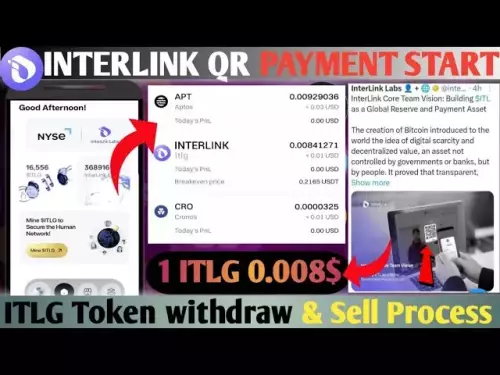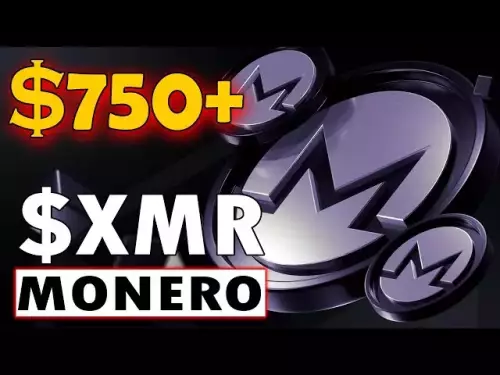-
 bitcoin
bitcoin $107208.295278 USD
-1.54% -
 ethereum
ethereum $3874.629914 USD
-1.38% -
 tether
tether $1.000440 USD
0.03% -
 bnb
bnb $1089.465513 USD
-5.53% -
 xrp
xrp $2.327672 USD
-1.65% -
 solana
solana $184.766505 USD
-0.73% -
 usd-coin
usd-coin $1.000076 USD
0.02% -
 tron
tron $0.310632 USD
-1.99% -
 dogecoin
dogecoin $0.187615 USD
-1.60% -
 cardano
cardano $0.633389 USD
-2.75% -
 ethena-usde
ethena-usde $0.999553 USD
0.03% -
 hyperliquid
hyperliquid $35.608231 USD
-4.13% -
 chainlink
chainlink $16.876114 USD
-3.98% -
 stellar
stellar $0.312239 USD
-0.91% -
 bitcoin-cash
bitcoin-cash $473.262969 USD
-7.09%
What is the difference between cross-margin and isolated-margin trading for XRP contracts?
Isolated margin limits risk to a set amount per XRP trade, protecting the rest of your balance, while cross-margin uses your entire balance as collateral.
Sep 25, 2025 at 06:54 am
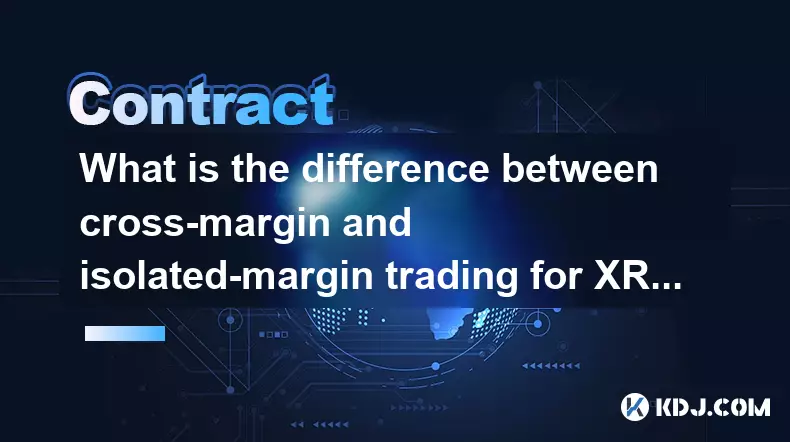
Cross-Margin vs Isolated-Margin in XRP Contracts
1. In cross-margin mode, the entire wallet balance is used as collateral for open XRP futures positions. This means that all available funds are dynamically allocated to prevent liquidation. If the market moves sharply against a trader’s position, the system pulls from the total balance to maintain margin requirements.
2. Isolated-margin mode limits the margin assigned to a specific XRP contract. Traders set a fixed amount of collateral for each position. Should the price move unfavorably, only the designated margin is at risk. The rest of the account remains unaffected regardless of the outcome.
3. Cross-margin increases the chance of avoiding liquidation because more funds are accessible to absorb losses. However, this also implies greater exposure since the full account balance can be wiped out if multiple positions go bad simultaneously.
4. Isolated-margin allows precise risk control per trade. A trader can allocate 50 USDT to an XRP short without endangering other positions or holdings. Even if that position gets liquidated, the remaining capital stays intact and functional.
5. Volatility in XRP pricing often influences the choice between these two modes. During high volatility, isolated margin helps contain losses to predefined levels. In stable conditions, cross-margin may offer better efficiency by leveraging idle balances.
Risk Management Implications
1. When using cross-margin, a sudden drop in XRP value can trigger cascading effects across all leveraged positions. Since the system uses the whole balance, one losing trade could erode capital needed for others, leading to compounded drawdowns.
2. Isolated margin creates a firewall between trades, making it ideal for managing multiple XRP contracts with different strategies. For example, a long-term XRP bullish bet can run alongside a short-term bearish play without either interfering financially.
3. Liquidation prices are calculated differently under each mode. In isolated margin, the liquidation point depends solely on the allocated funds and leverage. In cross-margin, it fluctuates based on real-time equity changes across the entire portfolio.
4. Traders who prefer hands-off monitoring might lean toward cross-margin, trusting the platform to utilize available funds automatically. Active traders usually favor isolation for granular control over each position's lifespan and risk ceiling.
5. Exchange-specific rules affect how margin top-ups occur. Some platforms allow auto-top-up features in cross-margin but restrict such options in isolated setups, requiring manual intervention when margins fall below thresholds.
Impact on Trading Strategy and Leverage
1. High-leverage XRP trading benefits from isolated margin because it caps maximum loss. A 50x leveraged long on XRP with $100 isolated will not exceed that $100 risk, even if the market crashes 30% within minutes.
2. Cross-margin enables higher effective leverage indirectly by pooling resources, which can amplify gains during favorable trends. If XRP enters a strong rally, the combined equity supports larger positions than what isolated settings would permit individually.
3. Portfolio diversification plays a role in selection. Traders holding various altcoins alongside XRP might avoid cross-margin to prevent non-XRP assets from being liquidated due to a single failed XRP bet.
4. Funding rate considerations differ. Positions in isolated mode don’t influence funding payments on unrelated contracts. In cross-margin, negative funding from one XRP position can eat into profits generated by another asset’s performance.
5. Scalping strategies on XRP/USDT perpetuals often use isolated margin to test entries and exits with minimal capital commitment. Each scalp operates independently, reducing psychological pressure tied to broader account health.
Frequently Asked Questions
Can I switch between cross and isolated margin during an active XRP trade?Most exchanges do not allow switching modes while a position is open. The margin type must be selected before entering the contract. Attempting to change it mid-trade typically results in rejection or requires closing the position first.
Does isolated margin reduce fees on XRP contracts?No, fee structures are generally independent of margin mode. Taker and maker rates remain unchanged whether using cross or isolated. Fees are determined by trading volume and user tier, not margin allocation.
What happens to unrealized PnL in cross-margin when other positions lose value?Unrealized profits in one XRP contract can be consumed to cover losses in another. Because equity is shared, positive PnL contributes to overall margin health and may get used to sustain losing trades elsewhere in the account.
Is isolated margin supported on all exchanges offering XRP futures?Virtually all major derivatives exchanges support both models for XRP. Platforms like Binance, Bybit, and OKX provide toggle options at order placement. However, some smaller exchanges may only offer cross-margin by default.
Disclaimer:info@kdj.com
The information provided is not trading advice. kdj.com does not assume any responsibility for any investments made based on the information provided in this article. Cryptocurrencies are highly volatile and it is highly recommended that you invest with caution after thorough research!
If you believe that the content used on this website infringes your copyright, please contact us immediately (info@kdj.com) and we will delete it promptly.
- BNB Price Rally: Will Binance Coin Hit $2,000?
- 2025-10-18 22:45:14
- Pi Network: Testnet Triumphs and Community Innovation Surging!
- 2025-10-18 22:45:14
- Pi Network, DEX, and Crypto Trading: A New Era of Transparent Finance
- 2025-10-18 22:50:13
- Pi Network, Token Registration, and Ecosystem Success: A New Yorker's Take
- 2025-10-18 22:50:13
- Pi Network, Crypto Payments, and Retail Integration: Is Picoin the Future of Shopping?
- 2025-10-18 22:55:12
- OpenSea's SEA Token Launch: A New Era for the 'Trade Everything' Platform?
- 2025-10-18 22:55:12
Related knowledge

How to find historical price data for ADA contracts?
Oct 18,2025 at 10:18pm
Understanding ADA and Its Market Data Availability1. Cardano’s native cryptocurrency, ADA, operates on a decentralized blockchain that supports smart ...

How to hedge my spot Cardano portfolio with ADA contracts?
Oct 18,2025 at 05:36am
Hedging Your ADA Spot Holdings Using Derivatives1. Identify a reliable exchange that offers ADA futures or perpetual contracts. Exchanges like Binance...
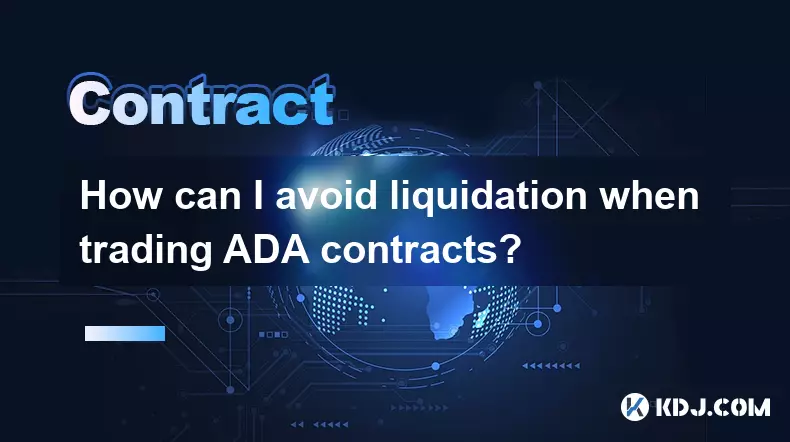
How can I avoid liquidation when trading ADA contracts?
Oct 18,2025 at 01:37am
Understanding Liquidation in ADA Futures Trading1. Liquidation occurs when a trader’s margin balance falls below the maintenance threshold required to...
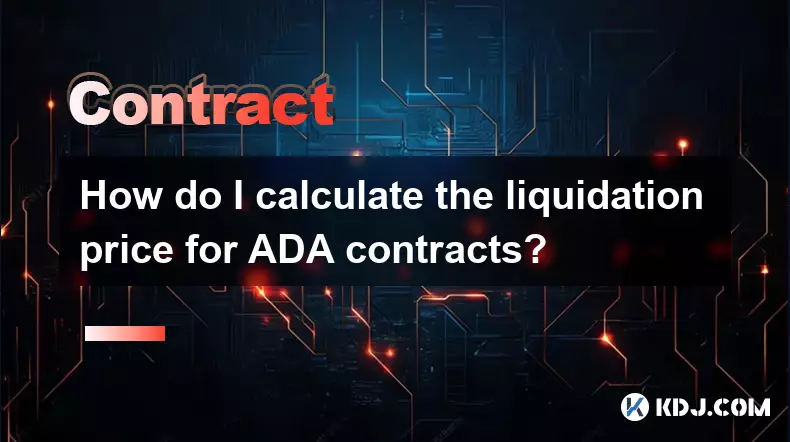
How do I calculate the liquidation price for ADA contracts?
Oct 18,2025 at 01:18am
Understanding Liquidation Price in ADA Futures Contracts1. The liquidation price in ADA futures trading refers to the market price at which a leverage...
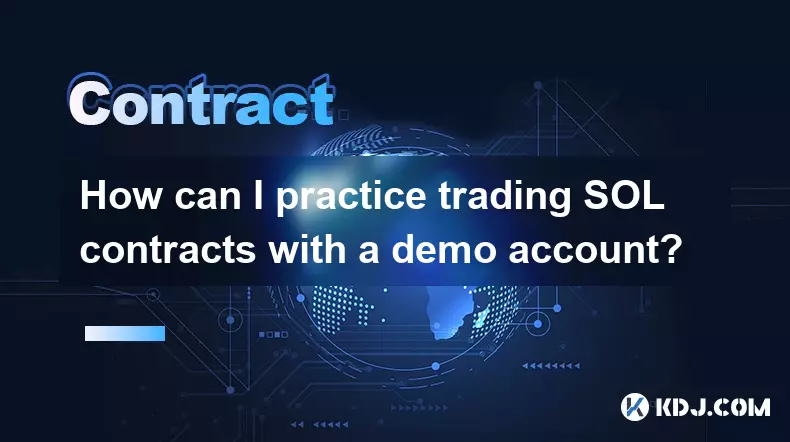
How can I practice trading SOL contracts with a demo account?
Oct 18,2025 at 02:18am
Accessing a Demo Platform for SOL Trading1. Identify cryptocurrency exchanges or trading platforms that offer futures or perpetual contracts on Solana...
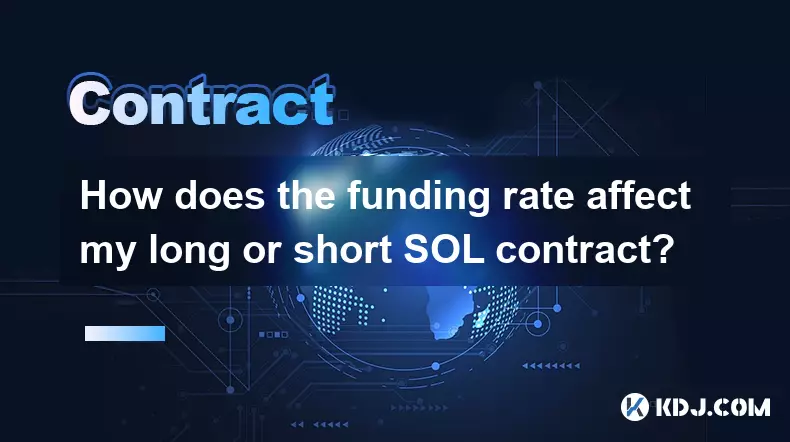
How does the funding rate affect my long or short SOL contract?
Oct 18,2025 at 10:37am
Understanding Funding Rates in SOL Perpetual Contracts1. Funding rates are periodic payments exchanged between long and short positions in perpetual f...

How to find historical price data for ADA contracts?
Oct 18,2025 at 10:18pm
Understanding ADA and Its Market Data Availability1. Cardano’s native cryptocurrency, ADA, operates on a decentralized blockchain that supports smart ...

How to hedge my spot Cardano portfolio with ADA contracts?
Oct 18,2025 at 05:36am
Hedging Your ADA Spot Holdings Using Derivatives1. Identify a reliable exchange that offers ADA futures or perpetual contracts. Exchanges like Binance...

How can I avoid liquidation when trading ADA contracts?
Oct 18,2025 at 01:37am
Understanding Liquidation in ADA Futures Trading1. Liquidation occurs when a trader’s margin balance falls below the maintenance threshold required to...

How do I calculate the liquidation price for ADA contracts?
Oct 18,2025 at 01:18am
Understanding Liquidation Price in ADA Futures Contracts1. The liquidation price in ADA futures trading refers to the market price at which a leverage...

How can I practice trading SOL contracts with a demo account?
Oct 18,2025 at 02:18am
Accessing a Demo Platform for SOL Trading1. Identify cryptocurrency exchanges or trading platforms that offer futures or perpetual contracts on Solana...

How does the funding rate affect my long or short SOL contract?
Oct 18,2025 at 10:37am
Understanding Funding Rates in SOL Perpetual Contracts1. Funding rates are periodic payments exchanged between long and short positions in perpetual f...
See all articles
























